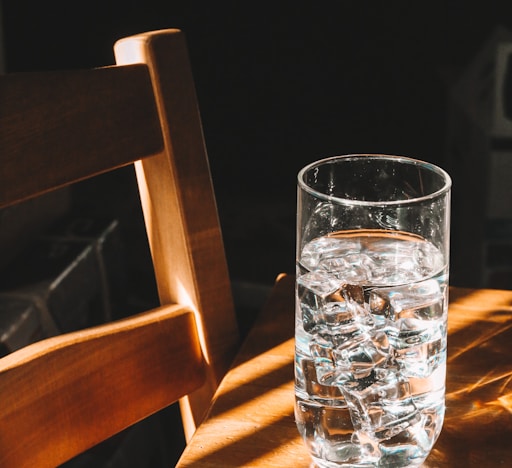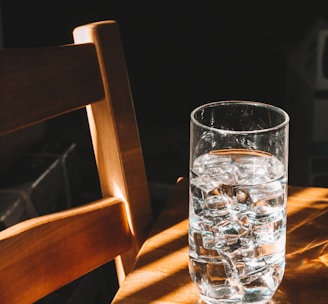Pure and Pristine
Crafting Your Own Home Water Distillery
8/19/20233 min read


Hail, fellow preppers! We all know the importance of having access to clean and safe drinking water. In a bug in scenario you may very well be stuck with your municipal provided water source, or a well, if you are lucky. Or, you might have a body of water nearby from which to collect water. Either way, there may come a time you need to filter the water, regardless of source, and we are here to discuss this very topic. While there are various methods to purify water, one of the most effective, self-sufficient, and sustainable approaches is to create your own home water distillery. Here we will guide you through the process of building a simple yet efficient distillation system to ensure you and your loved ones have access to pure and pristine water, no matter the circumstances.
Understanding the Distillation Process
Before diving into the construction of your home water distillery, it's essential to grasp the science behind distillation. While this is not a science lesson, it is a basic concept of the science. Distillation involves heating water to create steam, which is then condensed back into liquid form, leaving behind impurities. This process effectively removes contaminants, including bacteria, viruses, heavy metals, and chemicals, and in some cases microplastics ensuring the water is safe for consumption, or even wound irrigation.
Tools and Materials
To embark on this distillation adventure, you'll need the following tools and materials:
Large Stainless Steel Tea Kettle: A durable kettle with a tight-fitting lid will serve as the main vessel for boiling the water.
Heat Source: A stove, campfire, or any other heat source capable of generating a consistent flame will suffice.
Glass or Stainless Pot: This will act as the condensation chamber.
Heat-Resistant Tubing: To connect the kettle and the condensation chamber, you'll need food-grade, heat-resistant tubing. Copper works great.
Ice or Cold Water: To facilitate the condensation process, have a ready supply of ice or cold water. This water does not need to be drinkable, as this water will fill the condensation chamber.
Collection Vessel: A clean and sterile container to collect the distilled water will suffice, just ensure it is large enough to avoid spillage.
Step-by-Step Construction Guide
Now that you have your tools and materials ready, let's dive into the construction process:
Step 1: Prepare the Distillation Setup: Place the large stainless steel kettle on the heat source and fill it with water, leaving some space at the top to prevent overflow. Ensure the lid is tightly secured.
Step 2: Connect the Condensation Chamber: Attach one end of the heat-resistant tubing to the kettle's spout, ensuring a tight fit. Coil the tubing to fit inside the condensation chamber, with the end exiting the chamber near the bottom. Ensure the exit is sealed to avoid leakage
Step 3: Create the Cooling System: Position the condensation chamber near the kettle to avoid excessive tubing needs then fill the condensation chamber with enough cold water to cover the coiled tubing. As the steam travels through the tubing and reaches the condensation chamber, the cold surface will cause it to condense back into liquid form, resulting in clean and consumable water filling your collection vessel.
Step 4: Collect the Distilled Water: As the water condenses, it will drip into the condensation chamber. Place your clean collection vessel beneath the chamber, under the exit tube to collect the distilled water.
DIY Distillery using a pot and bucket w/ same concept
Tips for Optimal Distillation
To ensure the best results from your home water distillery, consider the following tips:
1) Regular Cleaning and Maintenance: Clean the kettle, tubing, and condensation chamber after each use to prevent the buildup of contaminants.
2) Monitor the Heat Source: Maintain a consistent heat source throughout the distillation process to ensure efficient water vaporization.
3) Test the Distilled Water: Periodically test the distilled water for purity using water testing kits or consult with a local laboratory to ensure it meets your desired standards.
By constructing your own home water distillery, you are taking a proactive step towards self-sufficiency and sustainability by ensuring a reliable source of clean water for drinking and wound irrigation. Remember be prepared before crisis hits.. With this simple yet effective distillation system, you can rest assured that you and your loved ones will have access to pure and pristine water, no matter the circumstances. Thanks for reading! Get Prepped!


